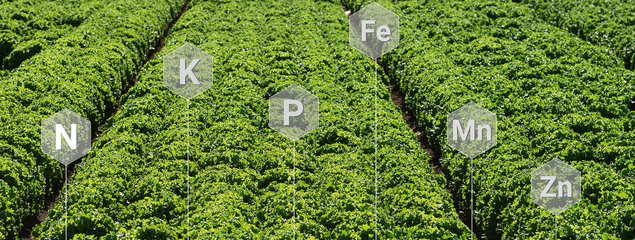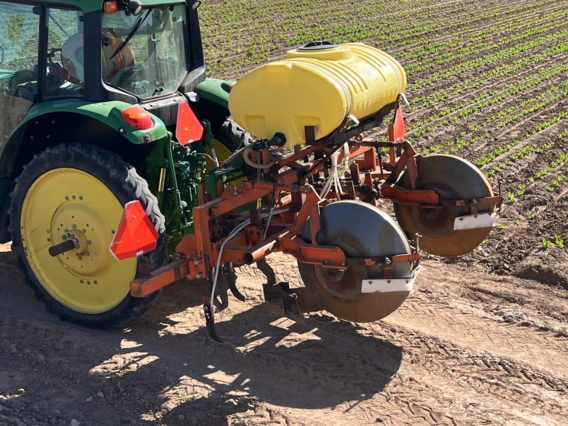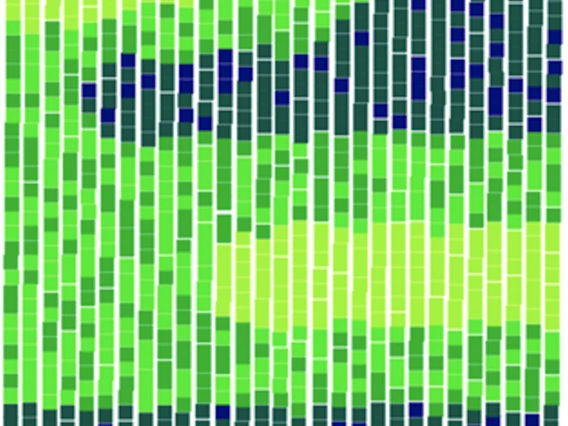
Improve Plant Nutrition
Fertilizer Guidelines for Vegetable Crops in Arizona
Background
The vegetable production industry in the Lower Colorado River Region near Yuma is valued at over $19 billion. The Yuma, Arizona area vegetable crop growing season spans the fall, winter, and spring months of the year making vegetable production a vital economic activity throughout much of the year. Adequate fertilization of crops is a key component of a robust vegetable production system that can supply the market with quality produce that meets consumer demands. The fertilizer guidelines summarized on this website are primarily focused on the vegetable crops grown in the Yuma area. However, additional data from more recent research are also included for some smaller acreage vegetable crops produced in central Arizona.
Fertilizer management research plays an important role in helping the agriculture industry reconcile economic sustainability with environmental stewardship. The guidelines presented here consolidate decades of research, incorporating historical databases on fertilizer use augmented with literature data and results of studies conducted in the region over the last 25 years. Some of the guidelines are based on published studies with the relevant publications cited for reference. In cases where the guidelines are based on unpublished studies and data, pertinent elements of the unpublished data are highlighted.
General fertilizer requirements in the region are addressed in Section 2. Specific crop guidelines in the context of the most common cultural practices are outlined in Section 3. Section 4 addresses guidelines for some of the less common cultural practices, provides supporting diagnostic protocols and tools, covers some fertilizer management opportunities with emerging technologies, and briefly summarizes some challenges due to imminent environmental regulation.





